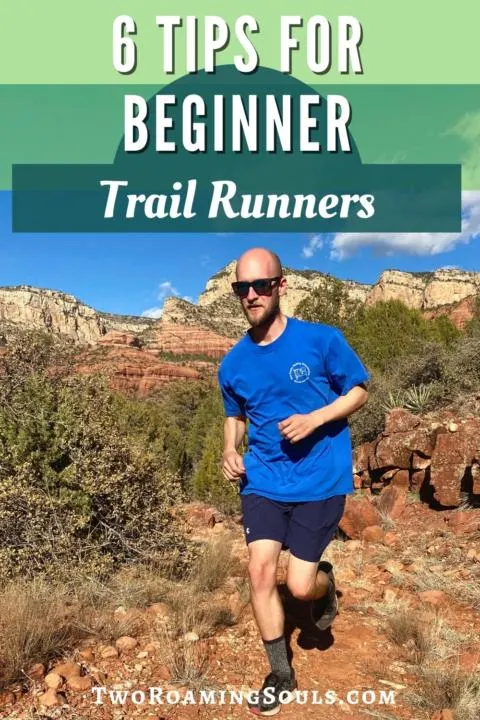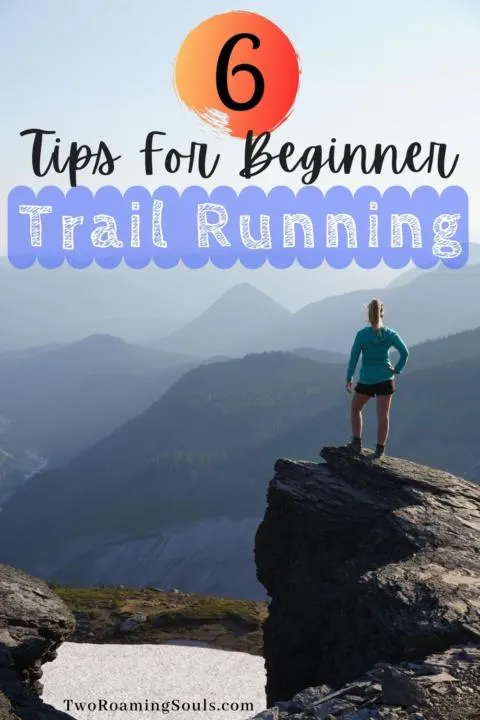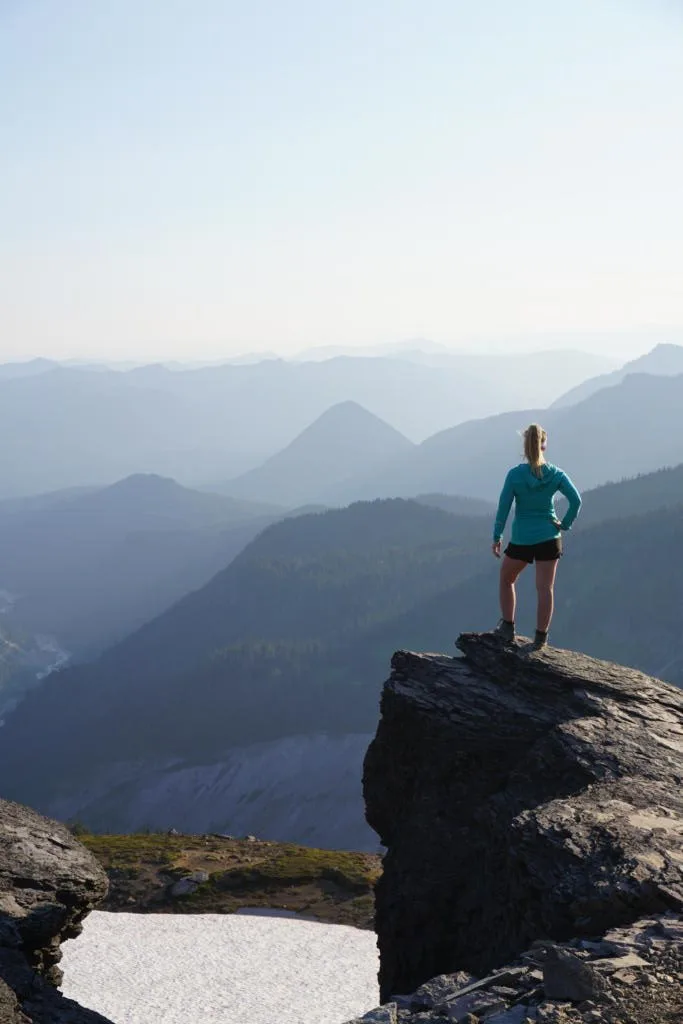
Trail Running is a really fun way to get exercise! There’s so much more variety on trails to exercise your body and mind. I always feel like 10 minutes on a treadmill feels like an eternity, but 10 minutes on a beautiful trail goes by in an instant. There are always new sights and obstacles to overcome on the trails. So it can be a big adjustment if you are used to running on pavement, track, or treadmill. Here are my 6 best beginner tips for trail running.
Emily and I love trail running because it’s a fun way to get exercise. And compared to hiking it helps us experience more trails in a shorter amount of time. We also like how little investment is required to get started, so it’s a very accessible activity for beginners. These are a collection of our best tips that make trail running safer and more enjoyable.
This post may contain affiliate links. Disclosure policy.
On the surface, trail running seems pretty simple. Like how much do you need to know? You just put on some shoes and run on a trail, right?
Well once you get out onto the trails, some unique challenges present themselves. Here are 5 tips to help you have the best time trail running.
Watch Your Step!
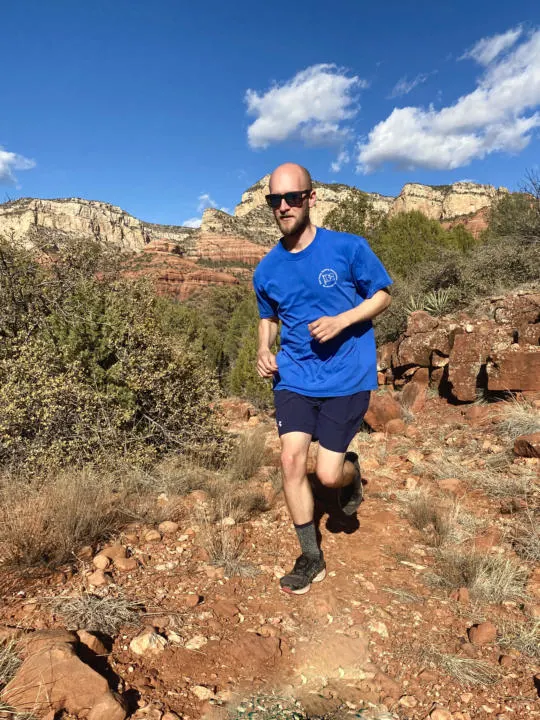
When you are running on a road or treadmill, there are no unexpected obstacles. You can pretty much run on a treadmill with your eyes closed. But when you are running on trails, you will encounter all kinds of uneven terrain. So watch your step!
To be ready for anything, always keep your eyes focused on the ground in front of you. The most common injury in trail running is rolled or sprained ankles.
If you want to enjoy the scenery, just stop for a moment to look around! It’s a good excuse to rest or stretch out a little bit too. Only continue once you are ready to devote your attention back to each step.
You can also try to choose trails with less rough terrain. We used AllTrails to learn about trails and read reviews to learn more.
Shorten Your Stride
Whenever you encounter rough terrain, it’s best to convert to a shorter, more springy stride. Shorter strides will help you improve your agility.
When you take smaller strides, you have more control over where your foot will land. If you encounter an unexpected obstacle, you will be able to adjust more easily.
Resist Runaway Downhill Speed
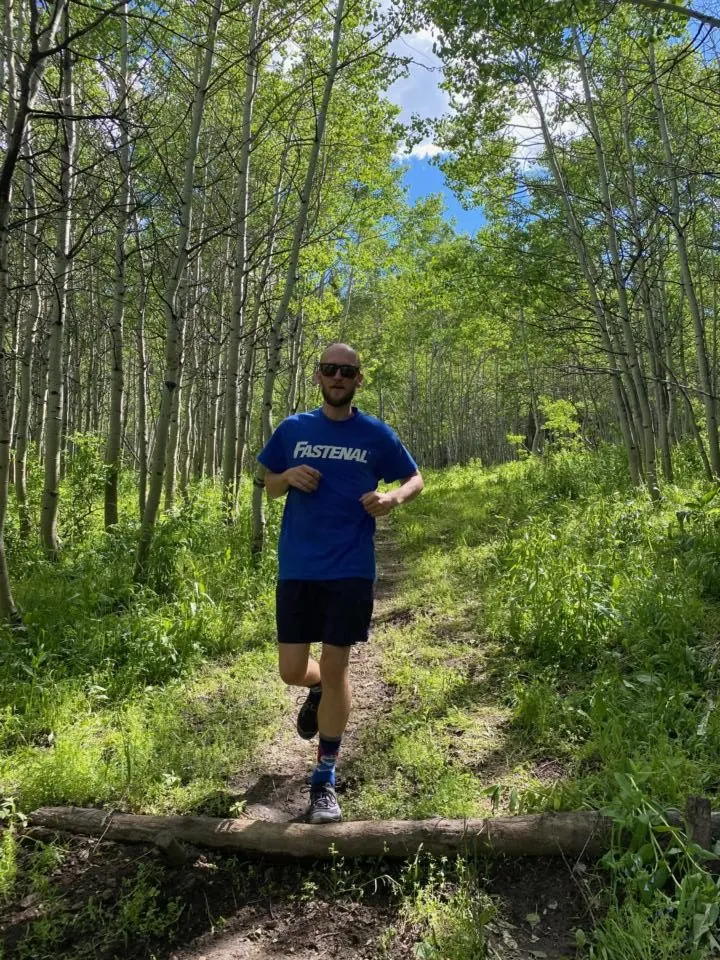
It’s only natural to run faster downhill. Gravity makes it easy to just let our momentum keep building. But it’s important to try to maintain a safe speed running downhill. This is because extra weight comes down onto each step. So the consequences of a bad step are amplified by your weight and momentum.
Stay Comfortable With the Right Gear
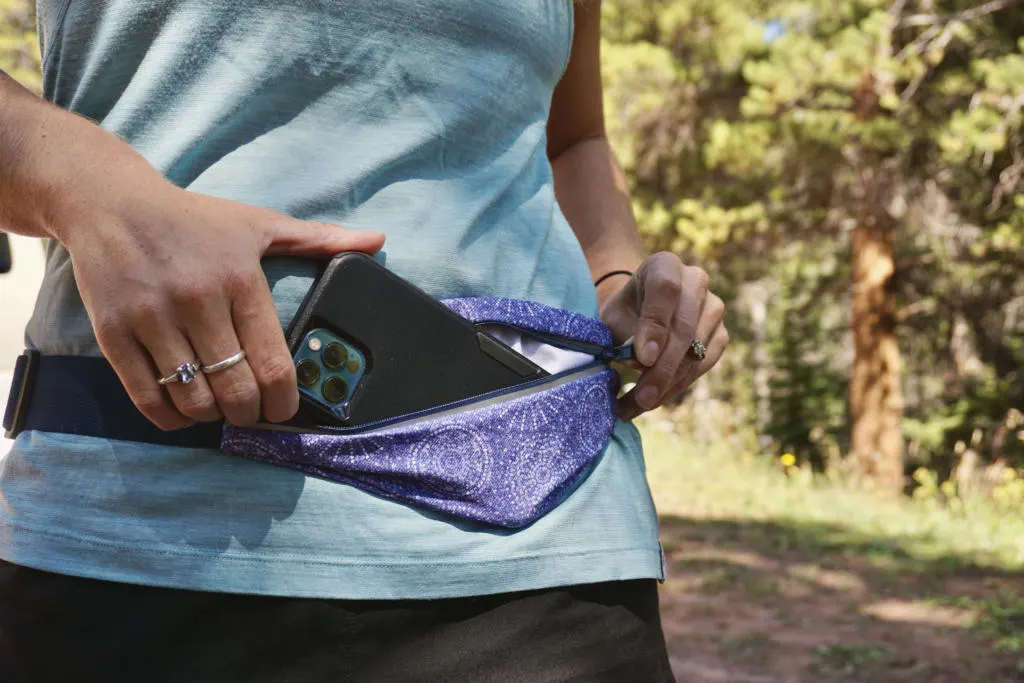
For short trails, you may not need anything beyond just shoes, the clothes you’re wearing, and your car keys. The best place to start is with a good pair of running sneakers or better yet, trail-specific shoes for men or women.
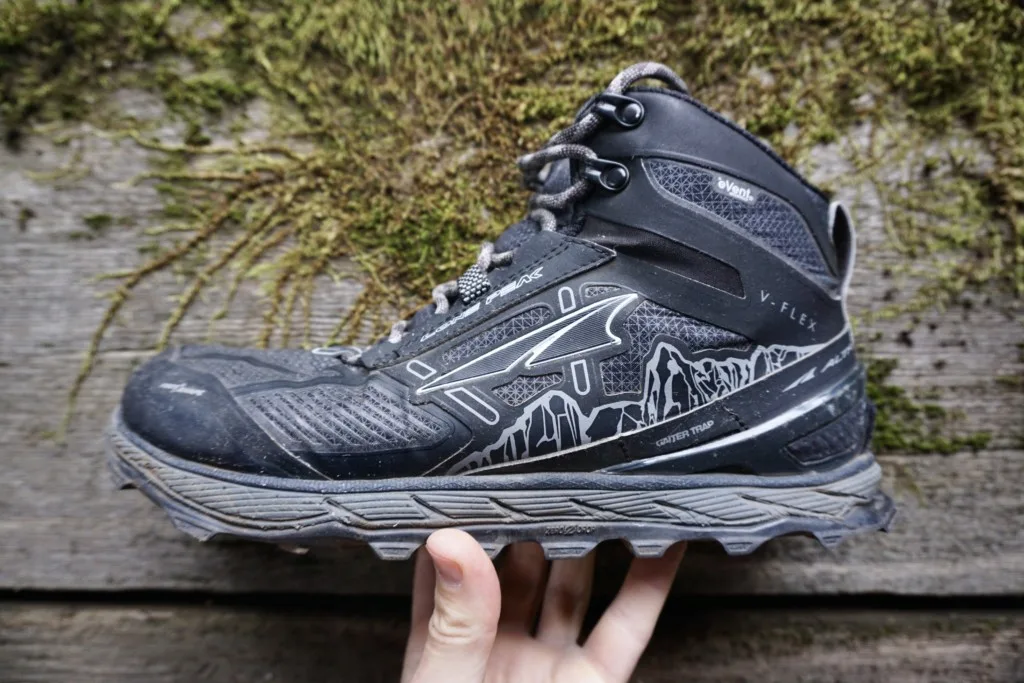
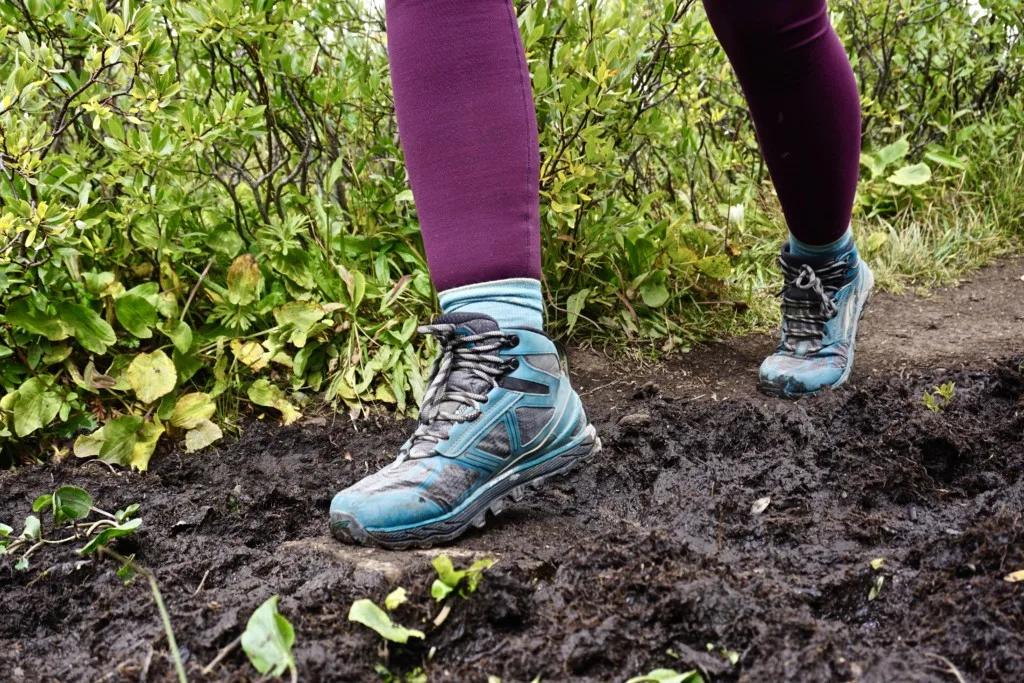
(Bonus Tip: detach your car key from the rest of your keys/keychain so that you only need to carry a single key or fob).
But longer trails may require carrying water, snacks, a phone, and additional clothes. For this, there are special products designed to eliminate “the bounce”. If you’ve ever tried to run with a backpack on, you know about “the bounce”. Hydration vests, waist packs, and arm bands are specific products that help carry gear securely.
For longer runs of 10 miles or more, a hydration vest can hold the most water and gear. Otherwise, waist packs or arm bands are usually sufficient for shorter runs.
Know Your route
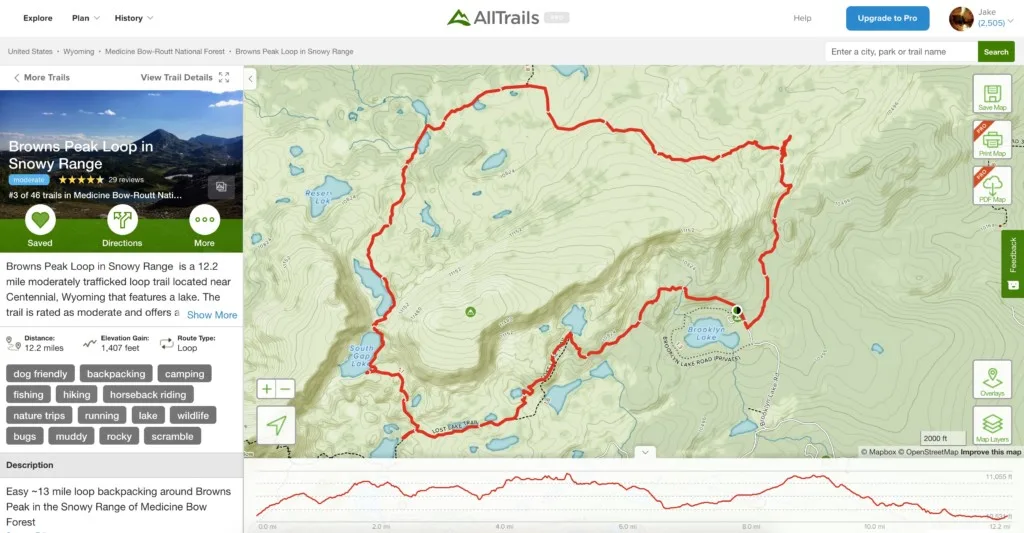
Make sure you know the trail you are running. If you don’t want to bring a phone, map, or GPS device, then stick to trails that you already know. But if you want to explore new areas then it’s best to have a physical or digital map.
Our favorite app for finding new trails and using offline GPS is AllTrails. Or if you’re more interested in personal fitness, setting goals, and tracking your individual stats the best apps are Strava and Runkeeper.
Don’t Be Afraid To Walk
I know it’s called trail running, but there’s no shame in walking more difficult sections. Any steep incline may be a good reason to switch to walking for a bit. Or any sections that have especially dangerous or uneven footing. There’s no sense in rolling an ankle when it can easily be avoided.
In the beginning, you may find yourself walking up most hills. But you will be surprised how quickly you build up stamina and strength to crush those hills!
Takeaway | 6 Beginner Tips For Trail Running
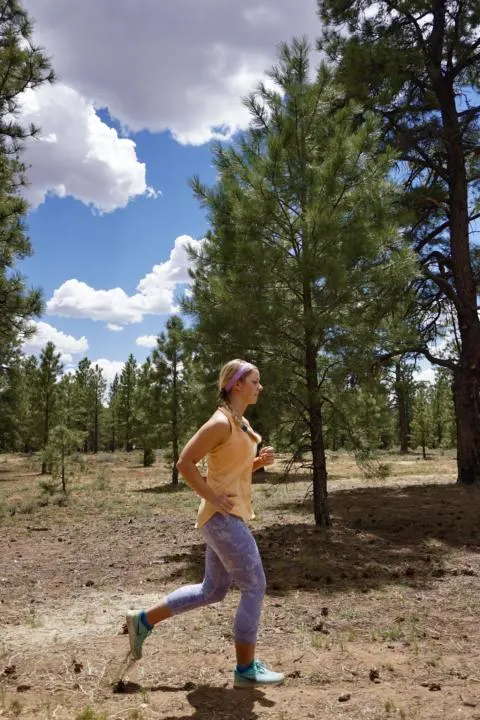
Trail running is a great activity for exercise that can get you out into nature. We love how little is needed to get started as a trail runner. And it’s a great way to tackle more trails in less time. Using our 6 tips for trail running, you can get out there and start enjoying the trails!
Help Share ‘6 Tips For Trail Running’ On Pinterest!
